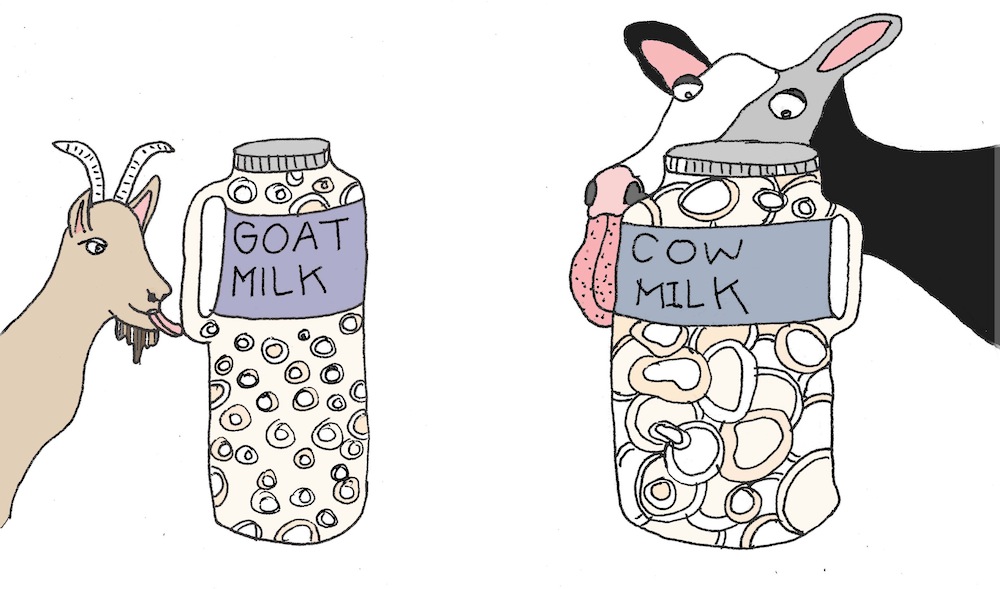What is Hernia?
A hernia is a bulge which is caused by tissue pushing through the wall of a muscle, and most of the hernias are abdominal hernias. They mostly happen in the groin and belly areas.
It is characterized by a soft lump in the groin or belly area, which may go away when pressed or when you lie down. It may be painful, especially if you lift something heavy, bend over, or a cough.
What is Hernia caused by?
- Obesity
- Heavy lifting
- Coughing
- Straining during a bowel movement or urination
- Chronic lung disease
- Fluid in the abdominal cavity
- A family history of hernias
What are the Symptoms of Hernia?
They may range from a painless lump to a severely tender, a painful, and swollen protrusion. Abdominal or pelvic pain is also common.
What are the types of Hernia?
- Inguinal hernia
Also known as a groin hernia, it makes up 75 percent of all abdominal wall hernias and it occurs up to 25 times more in men than in women. They are divided into two types, indirect and direct. Both of them occur in the groin area where the torso and the skin of the thigh join.
- An indirect inguinal hernia follows the pathway that testicles make during the development of the fetus. It descends into the scrotum from the abdomen. The pathway closes before birth but may remain a site for a hernia much later in life. It can occur at any age.
- A direct inguinal hernia occurs to the inside of the point of the indirect inguinal hernia. This is the point where the abdominal wall is thinner. It rarely protrudes into the scrotum but can cause pain, and it tends to occur in middle-aged and elderly men whose abdominal walls have weakened with age.
2. Umbilical hernia
They contribute to 10-30% of hernias, and they are often noted at birth. They are characterized by a protrusion at the belly button which is caused when an opening in the abdominal wall doesn’t close completely before birth. If less than half an inch, the hernia closes gradually by two years of age. If a hernia is larger or does not close, surgery is required between 2-4 years of age.
The area may close, but the spot remains weak, meaning that a hernia may appear later in life, especially if pregnant, due to the added stress to the area.
3. Femoral hernia
The femoral canal is normally a tight space where the femoral artery, nerve, and vein enter the thigh from the abdominal cavity. The space may become large enough to allow the contents of the abdomen, usually the intestines to protrude into the canal.
A bulge occurs just below the inguinal crease, roughly mid-thigh area, and it is common among women. It may not be possible to push the bulge back in place and it can become strangulated.
4. Hiatal hernia
This occurs when part of the stomach pushes through the diaphragm. The diaphragm has a small opening for the esophagus, where the part of the stomach can pass through if small, Hiatal hernias are asymptomatic but larger ones can cause pain.
5. Epigastric hernia
It occurs between the navel and lower part of the rib cage in the midline of the abdomen. The epigastric hernias are composed of fatty tissue, and will rarely contain intestine. They are often painless and unable to be pushed back when discovered.
Other rare hernias include incisional hernias, Spigelian hernias, and obturator hernias.



